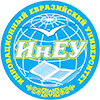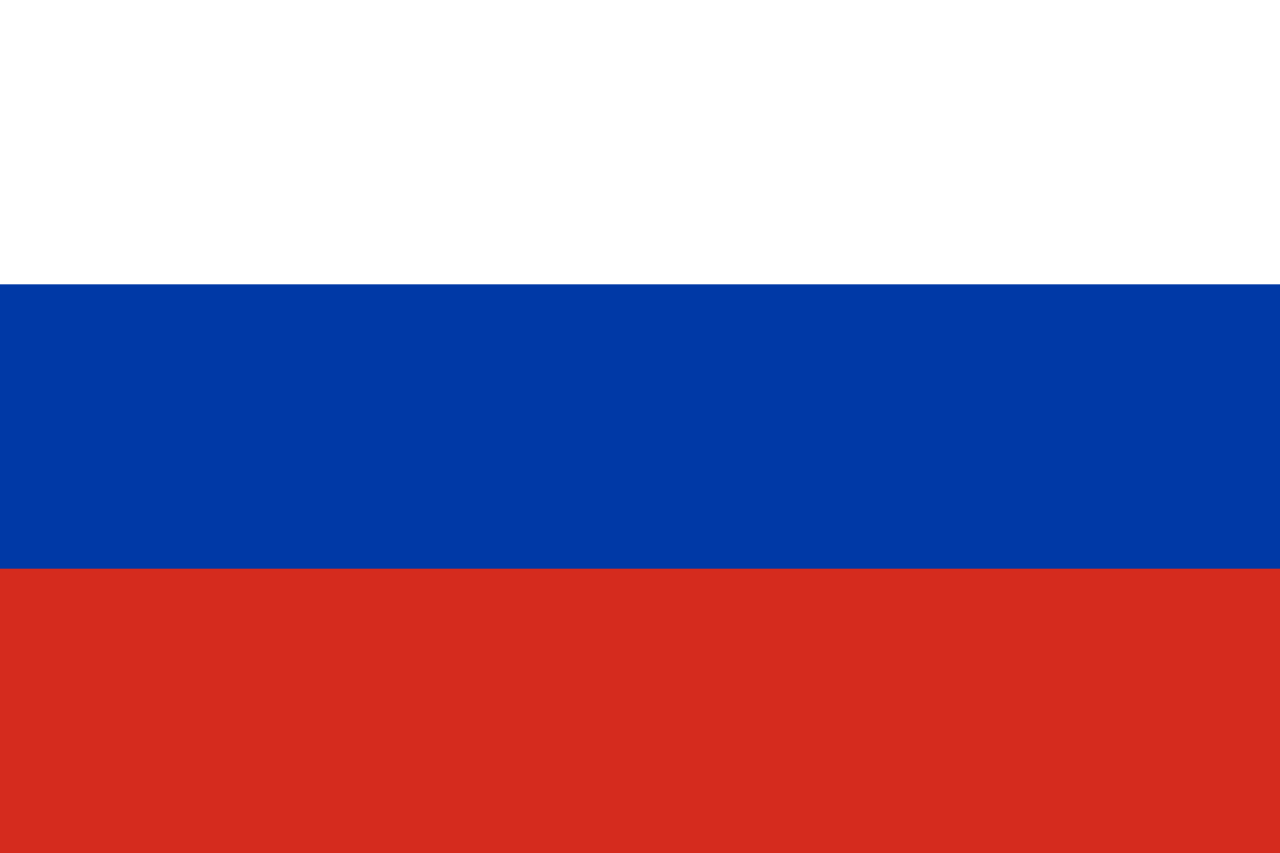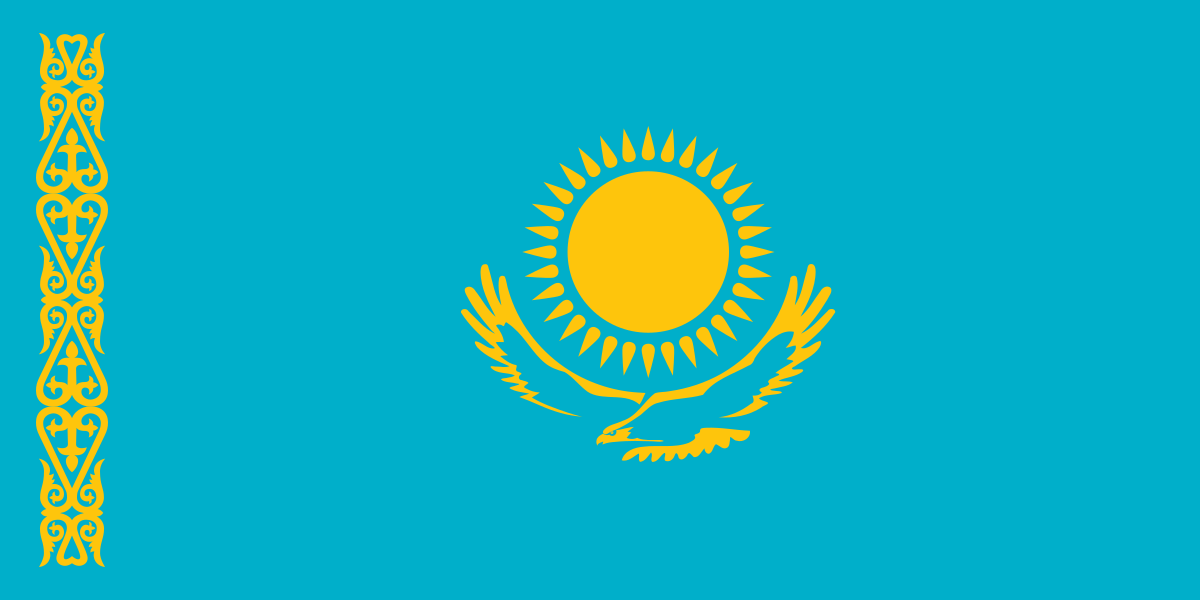Annotation:
Currently, close attention is paid to industrial safety at hazardous production facilities. Since
the failure to comply with the requirements of industrial safety is directly related to the risks of
accidents that can lead to man-made disasters, negatively affect the health and life of the population.
As in any other industry, there are problems in ensuring industrial safety. There are several
reasons for this: the backlog of standards from scientific and technological progress, the exclusive
competence of state authorized bodies, the lack of a risk-based approach.
After the collapse of the USSR, the requirements of industrial safety in the Republic of
Kazakhstan (hereinafter – the Republic of Kazakhstan) have practically not changed: regulatory legal
acts (hereinafter – the NLA) are approved and put into effect, after which they are constantly changed
and supplemented; the presence of national and international standards, which, in fact, are revised on
the basis of the USSR standards, taking into account the influence of the realities of the time.
It can be concluded that the current standards are not focused on the future, scientific and
technological progress, innovation, so they are constantly undergoing changes, thereby adapting to the
necessary requirements that dictate modernity.
State regulation does not contribute to the effective development of industrial safety. This is
due to the fact that the state performs exclusively supervisory functions (thus it is exclusively
educational in nature), and there is no dialogue between authorized state bodies, expert organizations,
scientific organizations, and testing laboratories.
If we consider the experience of the Russian Federation in the field of industrial safety, then it
makes no sense to accept even some experience, since: similar to the Kazakhstan’ NLA and regulatory
and technical documentation (and their constant dynamics), the development of cooperation with the
Russian Federation within the framework of the Eurasian Economic Union. Accordingly, it is
advisable to consider the experience in the field of industrial safety in Europe and the United States of
America because of the effectiveness of regulation and supervision than in the Republic of Kazakhstan
and the Russian Federation. This article provides information about international experience in the field of industrial safety
in the United States and the European Union. The tasks of state regulation in the field of industrial
safety in the Republic of Kazakhstan, the Russian Federation, the United States, and the European
Union are described in detail. The analysis of normative-legal acts and normative-technical
documentation is carried out. Based on the analysis of international experience, solutions to problems
in the field of industrial safety for the Republic of Kazakhstan are essentially presented.
The purpose of this article is to reveal the problem in the field of industrial safety in the
Republic of Kazakhstan. International experience that the Republic of Kazakhstan can borrow in order
to effectively ensure industrial safety.
Study of international experience (USA, EU countries, Russia) in the field of industrial safety
in terms of: analysis of standards; regulation (control and supervisory functions)to ensure safety.
The results of this article will reflect the problems that hinder the effective provision of
industrial safety in the Republic of Kazakhstan and essentially suggest ways to solve them.
Year of release:
2024
Number of the journal:
4(96)

 English
English Русский
Русский Қазақ
Қазақ